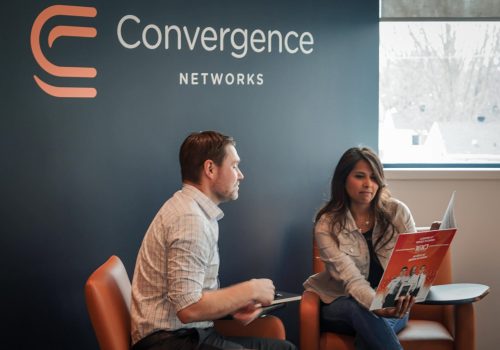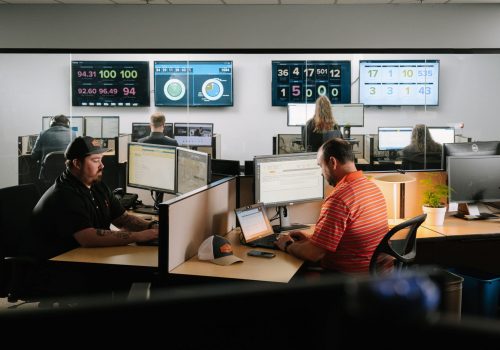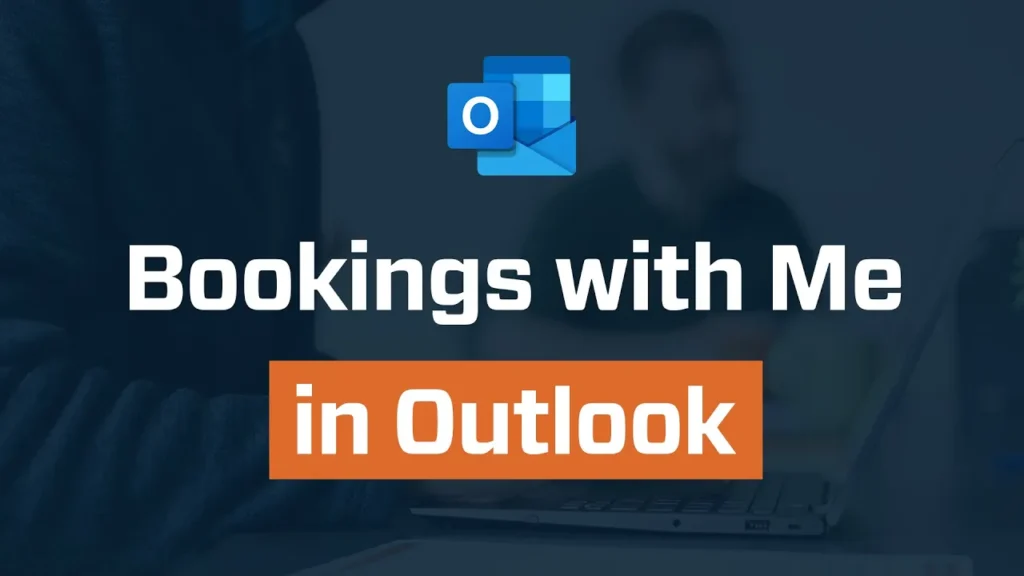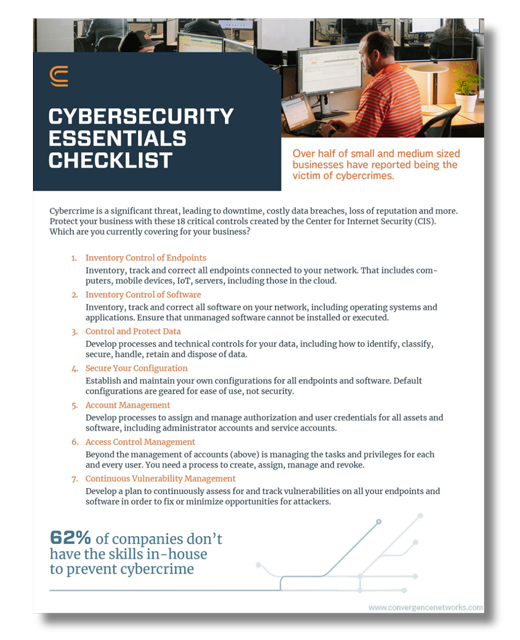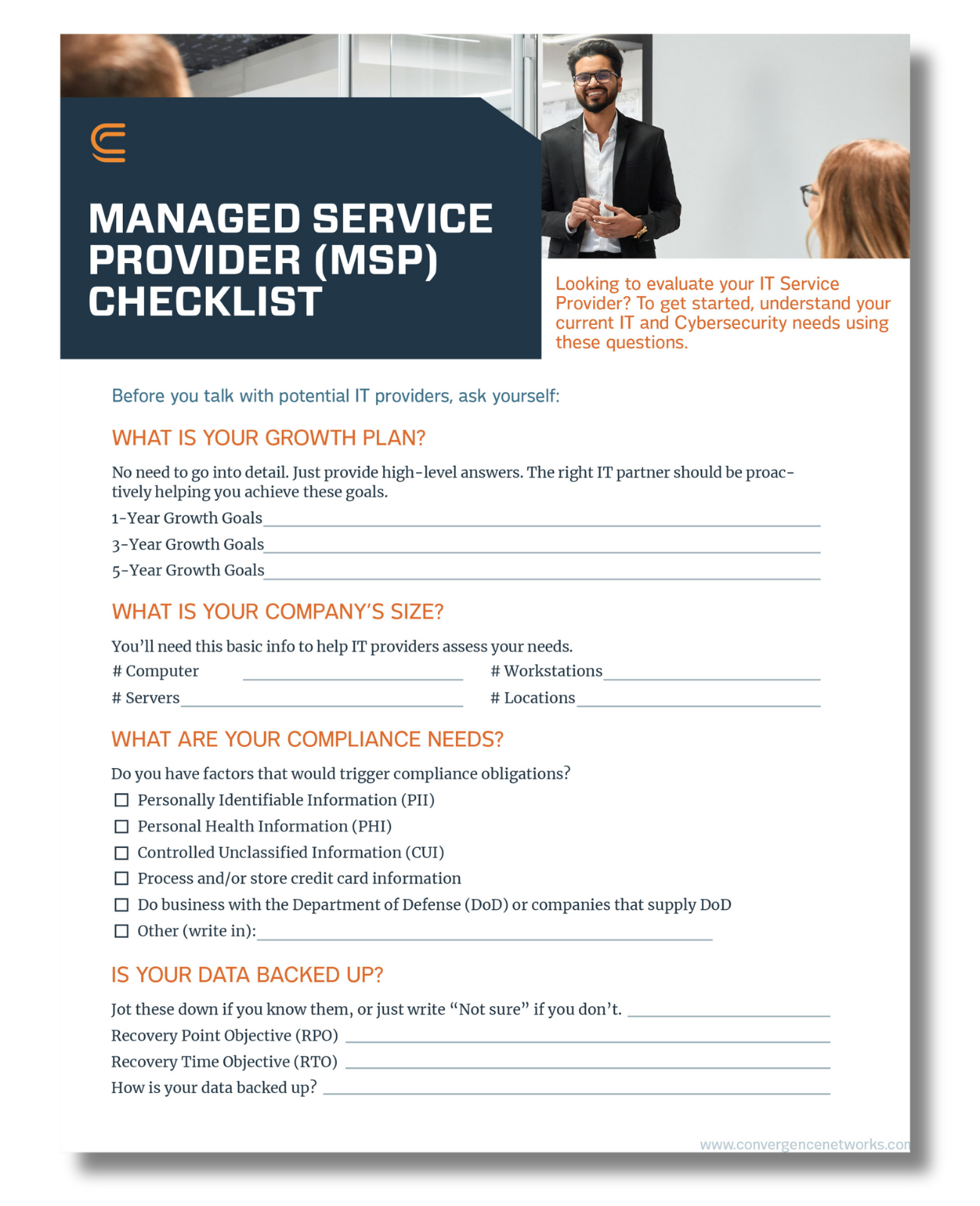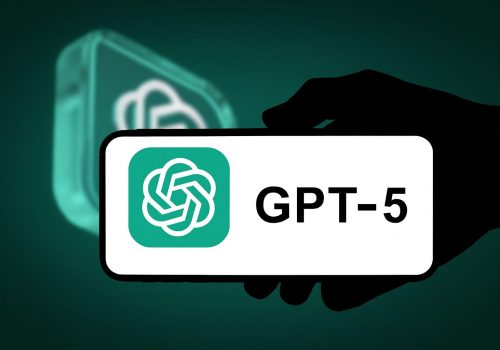New year, new me!
At the start of every year, we often see many posts about how businesses and individuals will make the most of the new year and what they plan to achieve. Resolutions can help us get back on track to who we want to be.
In 2021, it wasn’t unusual to see a ransomware attack make global headlines as many high-profile attacks occurred around the world. In the first half of 2021, ransomware attacks increased by 151%, globally. And large corporations aren’t the only ones getting attacked. Most often small to medium sized businesses were the target of attacks because cybercriminals know they do not have the resources or have chosen not to invest in proper policies and prevention technology.
Having better awareness of cybersecurity threats is no longer a “nice to have” it is a requirement if you want to avoid being the victim of a cyberattack. Cybersecurity practices need to be incorporated into both your personal and professional life and should be practiced daily to truly ensure you prevent a ransomware attack.
If you still think “it won’t happen to me” its time to think again, or read our blog, What Business Owners Need to Know About Cybersecurity. Consider what you can do to create a safer tomorrow and if you haven’t already, adopt these 5 cybersecurity New Year’s resolutions in 2022 to prevent a ransomware attack.
Enable MFA and Adopt Password Policies – If there is just one take away from this article it needs to be how important MFA is and why you absolutely need to enable multifactor authentication for every single app and login you possibly can. After you get set up with MFA its time to start implementing good password policies in both your professional and personal life.
- Cybercriminals are getting better at cracking passwords through various attacks such as credential stuffing, phishing, keystroke logging, password spray, extortion and brute force. By asking for a second step of confirmation to identify a user, MFA stops nearly all targeted user attacks. In fact, Microsoft found that accounts that use MFA are 99.9% less likely to be compromised. To learn more about how you can get started read our blog here.
- Update Your Software – not only is outdated software inefficient to use due to slow processing times from malfunctions, but it is also one of the easiest ways cybercriminals can get into your system. Always update your software with versions that are supported by the manufacturer. If a security flaw or a bug is found, the software often has a faster approval process for a patch to be released to keep you and your computer more secure.
- Backup Data Regularly – In today’s world, data means everything. What businesses (and individuals) often take for granted is how easily accessible data is. By just the touch of a finger you can have all the information you need. But what happens if a security incident occurs, or disaster strikes? The first step to get you back up and running is recovering your data and the only way to do this is by having regular backups stored in a safe place, both onsite and offsite. Having regular backups and regularly testing them can be the difference between hours and days, or even weeks or months of downtime for your business based on the supply chain issues impacting the global economy.
- Adopt Mobile Device Management Practices and Avoid Using the Same Device for Work and Personal Activities – 39% of organizations admitted to suffering a security compromise involving a mobile device in 2020 (Verizon Mobile Security Index Report). This stat is only expected to rise as workers continue to access corporate data from their smartphones. So, what does that mean? It means it’s time to take mobile security threats seriously if you haven’t already. Be proactive and adopt zero trust policies. With Zero Trust employees and their devices are verified every time they request access to company data. Once the user is verified, they should only be given limited access to the information they need to accomplish their daily tasks.
- Avoid Using Public Wi-Fi – Cybercriminals often take advantage of public Wi-Fi networks and hack them. In some instances they may even broadcast the hotspot themselves and call it “Free Public Wi-Fi“. Wait until you have a secure VPN connection to browse the internet or determine if your company allows the use of your corporate mobile device as a personal hotspot to connect your laptop too instead.
Being proactive with cybersecurity is no longer a nice to have, it must be part of every organizations strategic plan and properly budgeted for. There is no better time than now to get started or beef up your plans for 2022. If you want to learn more or need assistance adopting these cybersecurity resolutions in 2022 contact us. We can help you map your journey for 2022, and beyond.



